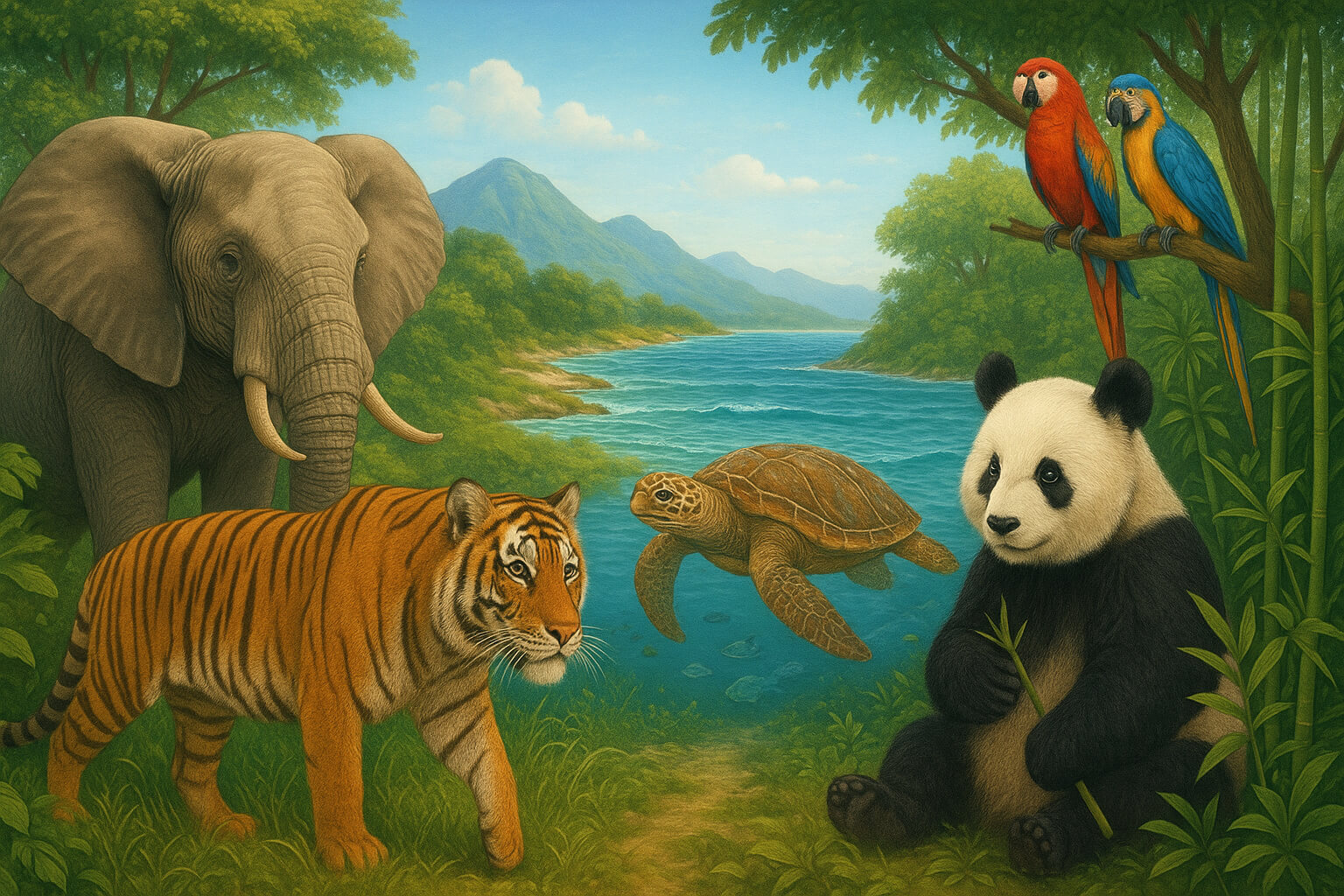August 26, 2025

Biodiversity is the cornerstone of life on Earth, supporting ecosystems that provide us with clean air, water, and food. However, this fragile web of life is under severe threat due to human activities. Deforestation, climate change, pollution, and illegal wildlife trade are just some of the factors driving species to extinction. Protecting endangered species is not just an ethical responsibility; it is essential for the health of the planet—and ultimately, for our own survival.
One of the most significant threats to biodiversity is climate change. Rising global temperatures, unpredictable weather patterns, and more frequent natural disasters are rapidly altering natural habitats. As highlighted in Is Music a Universal Language? Exploring Global Sounds, cultural identities and ecosystems are intertwined. When we lose species, we lose more than just animals—we lose an essential part of our shared human heritage, including ecosystems that support local cultures and economies.
Equally concerning is the destruction of habitats due to urban expansion, deforestation, and industrial agriculture. This is similar to how artists adapt to new environments in the Streaming Era of Music; just as musicians must continuously adjust to technological and cultural changes, wildlife must adapt to ever-shrinking natural spaces. However, unlike artists, many species are unable to adapt fast enough, leading to rapid declines in populations.
Some species, known as keystone species, play an outsized role in maintaining ecosystem balance. For example, bees are essential for pollination, which supports the food chain. When such species decline or go extinct, the entire ecosystem can unravel. This domino effect can lead to food shortages, loss of medicinal plants, and even the collapse of entire ecosystems. Conservation initiatives, such as wildlife sanctuaries, marine reserves, and anti-poaching laws, are crucial for protecting these vulnerable species and the habitats they rely on.
In addition to conservation programs, supporting efforts like sustainable tourism and reducing our carbon footprint can have a significant impact. Simple lifestyle choices, like reducing plastic waste and advocating for policies that protect endangered species, also contribute to global biodiversity preservation. As explored in Sustainable Living: Small Changes, Big Impact, individual actions add up, driving a larger movement for change.
Organizations around the world are working tirelessly to protect endangered species. For example, the World Wildlife Fund is dedicated to protecting species and their habitats, from elephants and tigers to coral reefs and forests. Similarly, the IUCN Red List of Threatened Species tracks the conservation status of species worldwide, providing critical data that informs conservation policies.
The loss of biodiversity is not a distant future concern—it is happening now. The extinction of species is accelerating, and ecosystems are collapsing. However, by working together and making conscious decisions in our daily lives, we can help slow this crisis. Protecting endangered species means protecting our future and ensuring that generations to come will experience the beauty and richness of the natural world.
Stay up to date with the latest tips, expert insights, product reviews, and step-by-step guides to help you grow, create, and succeed—no matter your industry or passion.